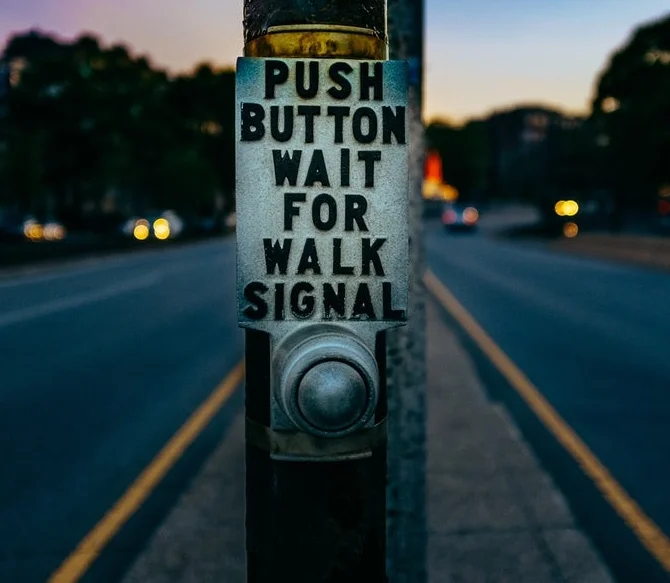This is my first year participating in the plein air paint out and art exhibit in Lake Oswego. It overlaps with the Lake Oswego Festival of the Arts, which made it a bit challenging. I loved the freedom to choose what I would paint in and around Lake Oswego. Despite the risk of interruptions from curious passersby, I chose to paint mostly in the heart of Lake Oswego in the plaza outside St. Honoré Bakery.
In hindsight, being fairly new to painting outdoors, I chose subjects too complicated for me to paint in the rapidly changing light. Unfortunately, that means I started a number of paintings I never completed. I was happy with how this simple composition turned out of two figures enjoying the sun while waiting for lunch and wine.
I also spent a couple of days at Luscher Farm in West Linn painting a number of scenes in and around the community garden. This view of the garden with the iconic barn in the background is the one I chose to enter in the exhibit, along with the figure painting above. With practice, I hope to get better at painting outdoors so I can produce more paintings in the limited time allowed.
This is a great event that I highly recommend to other artists. The fees are reasonable, and the artwork hangs in the ARTspace Gallery in downtown Lake Oswego from mid July through September 6, 2019. The opening reception is this Friday, July 12, from 5:00-7:00 p.m. Come and see Lake Oswego through the eyes of local artists!
Waiting for Lunch at St. Honoré Bakery
Midday Break from Tending the Garden













